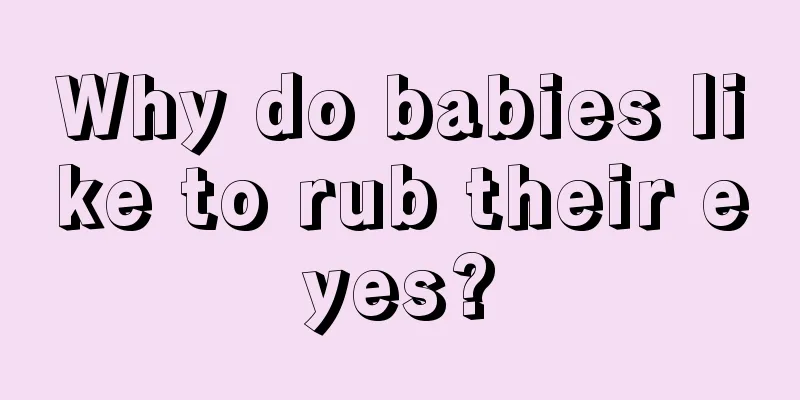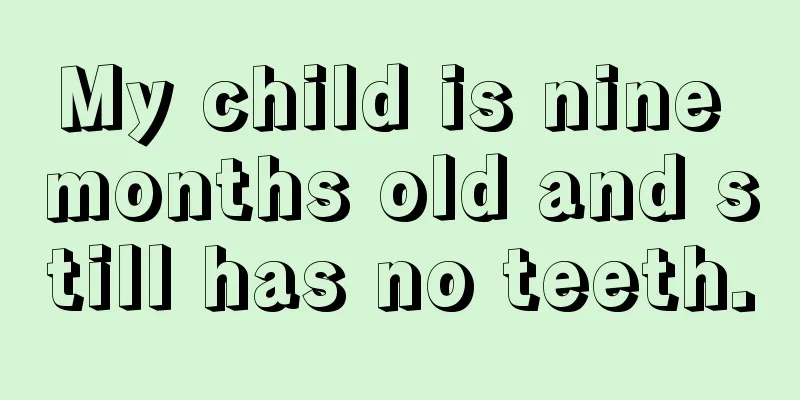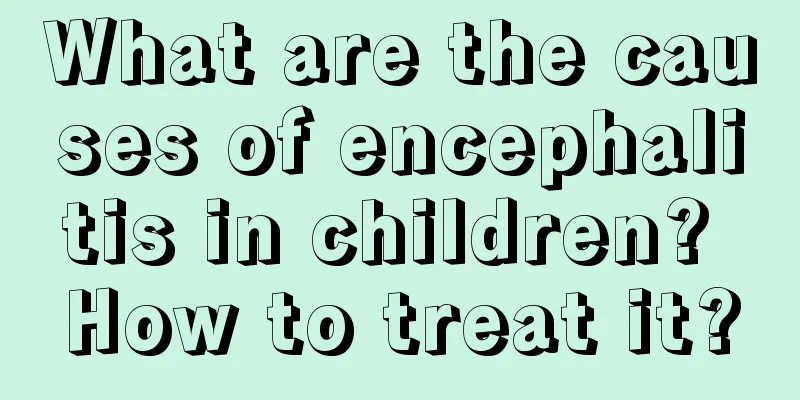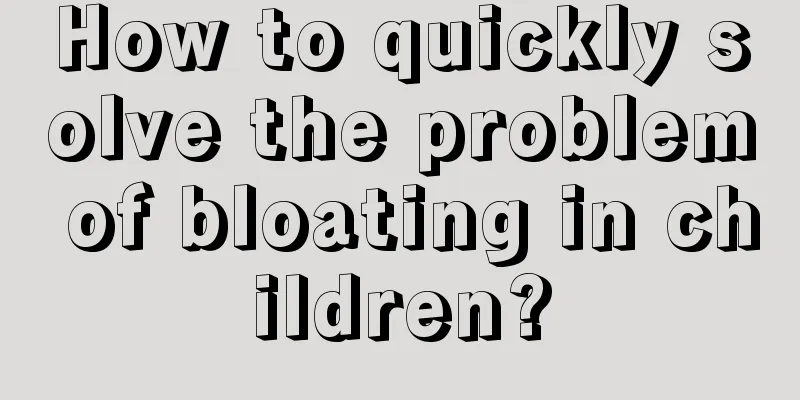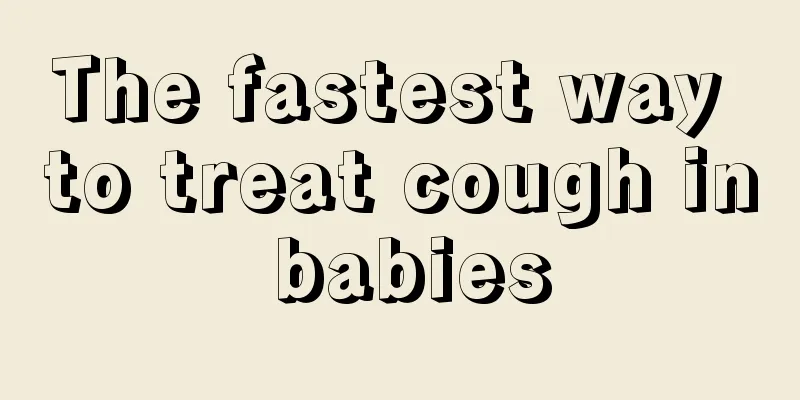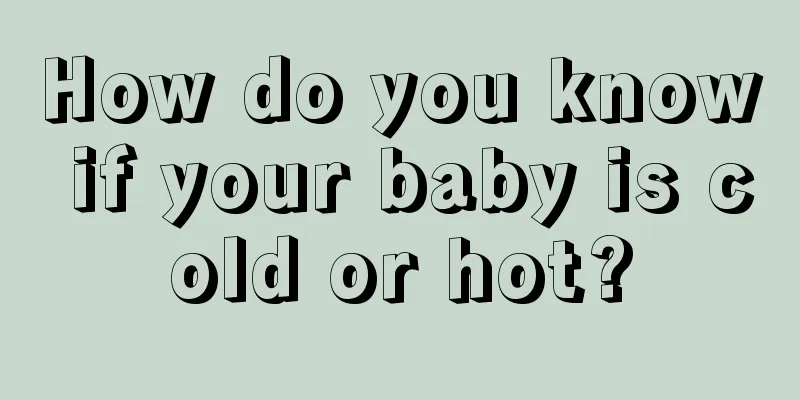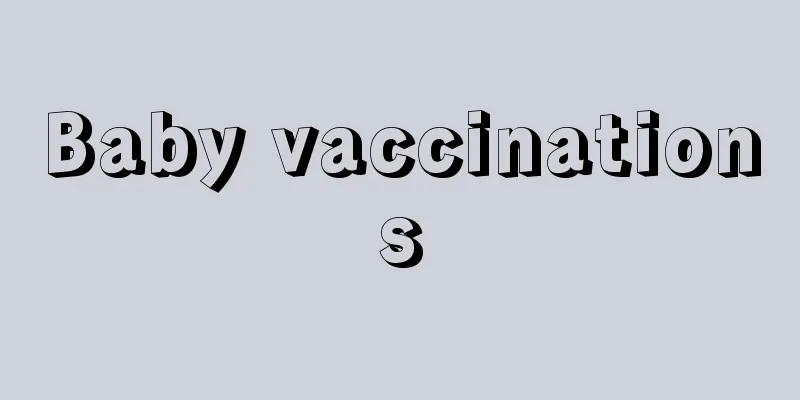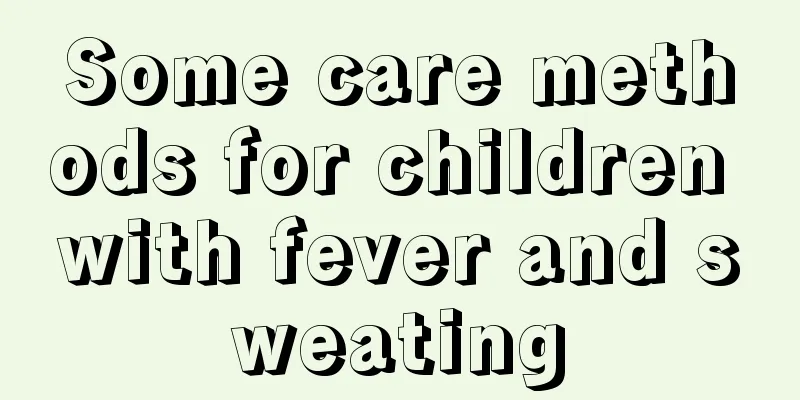Symptoms of heart failure in infants

|
Infant heart failure is a disease that children are very likely to suffer from. Faced with this disease in their children, many parents simply have no way to deal with it. When choosing treatment for their children, they are generally worried that such treatment methods will harm the children's bodies. Some parents do not know what is wrong with their children when their children show symptoms of heart failure, and even blindly treat their children. So what are the manifestations of infant heart failure? As for the clinical manifestations of heart failure in children, the clinical manifestations are different depending on the cause of the heart failure, but the difference is not very large. I don't know what the cause you are talking about is. If it is caused by pneumonia, the main respiratory system symptoms are fever, cough and shortness of breath. If pneumonia is severe, it can lead to heart failure: mild hypoxia can lead to an increased heart rate (in this case, heart failure can be diagnosed when the heart rate reaches 130/min), manifested as pale complexion, tachycardia, low heart sounds on auscultation, irregular heartbeats, and ST depression, flat and inverted T waves on the electrocardiogram. Heart failure can be diagnosed if: 1. Breathing suddenly increases to >60 times/min; 2. Heart rate suddenly exceeds 180 beats per minute. 3 Extreme irritability, obvious cyanosis (blue or purple), gray complexion; 4. Low heart sounds and distended jugular veins; 5. Rapid enlargement of the liver; 6. Oliguria or anuria, edema of the face or lower limbs. If it is congestive, the signs of heart failure are mainly due to cardiac compensatory dysfunction, sympathetic nerve excitement, venous congestion, increased blood volume and sodium and water retention. Due to differences in age, etiology and hemodynamic changes, the clinical manifestations vary in children of different ages. 1. Symptoms in infancy and childhood Newborns often show specific symptoms such as drowsiness, apathy, fatigue, refusal to feed or vomiting. The symptoms of heart failure in infancy and childhood are often atypical, with an acute onset and rapid progression, which may present an explosive course. The child may suddenly develop breathing difficulties within a few minutes or even hours. When inhaling, the upper part of the sternum and the ribs are sunken, and the breathing becomes faster, often exceeding 60 times per minute, or even more than 100 times. At the same time, vomiting, irritability, sweating, pale or cyanotic complexion, cold limbs, rapid and weak pulse, tachycardia, possibly gallop rhythm, and dry rales in the lungs may occur, manifesting as acute congestive heart failure. If there are congenital cardiovascular malformations such as septal defects, it often presents as chronic congestive heart failure with a slower onset. The main symptoms are feeding difficulties. The child will experience breathing difficulties, fatigue and refusal to eat after sucking a small amount of milk, and will not gain weight. The baby is irritable and sweats a lot. He is willing to be held and lean on the adult's shoulder (this is a sign of orthopnea in infants). He also has difficulty breathing when quiet, and coughing is common. The baby cries weakly and sometimes hoarsely, which is caused by the compression of the left recurrent laryngeal nerve by the dilated pulmonary artery. The precordial area is prominent, the apical beat is enhanced, and the cardiac border is enlarged. The liver and spleen are enlarged, with blunt edges and tenderness. There are often no wet rales in the lungs or only wheezing sounds. There is no obvious jugular venous distension or edema, and the degree of edema can only be determined by observing weight gain. 2. Symptoms in older children The manifestations of heart failure in older children are similar to those in adults. Left heart failure: The main symptoms are caused by acute or chronic pulmonary congestion. Clinical manifestations include: 1. Dyspnea: It is often the earliest symptom, which is mild at first and only occurs after activity. The child has limited activity and is easily fatigued. Finally, it also occurs when resting, with rapid and shallow breathing. The main cause of dyspnea is the increased reflex stimulation of the respiratory center caused by congestion of blood in the lungs. Dyspnea often worsens when lying flat, so children like to sit and present orthopnea. When sitting, blood accumulates in the lower limbs and abdomen due to the influence of gravity, which reduces the amount of blood returning to the right ventricle, thus alleviating pulmonary congestion. In addition, when sitting, the diaphragm descends and the chest cavity is easier to expand. Paroxysmal nocturnal dyspnea is uncommon in children. ② Cough: It is caused by lung congestion and bronchial mucosal congestion and is a chronic dry cough. ③Hemoptysis: Hemoptysis may result in incomplete oxygenation of blood when passing through the pulmonary blood vessels. ④ Cyanosis, which is generally more severe, is caused by pulmonary congestion resulting in incomplete oxygenation of blood through the pulmonary blood vessels. ⑤ There may be wheezing or moist rales in the lungs. ⑥Acute pulmonary edema: caused by acute left heart failure, pulmonary congestion worsens sharply, and body fluid seeps out of the capillaries and accumulates in the alveoli. The children have extreme difficulty breathing, sit up to breathe, pale or cyanotic skin, cyanotic lips, cold limbs due to a sudden drop in cardiac output, a fast but weak or untouchable pulse, and occasionally alternating pulse, that is, one strong and one weak pulse. Their blood pressure drops, their tachycardia often has a gallop rhythm, and they have wheezes and moist rales in both lungs. The children cough frequently with bloody sputum, and in severe cases, a large amount of bloody foamy fluid gushes from the mouth and nostrils. Heart failure in infancy is very rare. If the child's symptoms are not very serious, many parents are prone to misdiagnose at this time. Heart failure in children is very dangerous to health, so understanding the symptoms is the best help for the treatment of the child's disease. If necessary, the child's heart failure must be treated with surgery immediately, and remember to take care of the child after the operation. |
<<: Should babies be bathed every day?
>>: What to do if your baby has congenital anemia
Recommend
Cross-leg syndrome in children?
The cause of children's cross-leg syndrome is...
What should I do if my nine-month-old child has a fever in the middle of the night?
What should I do if my nine-month-old child has a...
Why does a child have a stuffy nose at night?
Children generally have weaker constitutions and ...
Why are children's underwear yellow?
When adult women's underwear turns yellow, it...
Causes of hot hands and feet in children
Our hearts will melt when we look at the chubby b...
Why does my 11-month-old baby have a fever?
Nowadays, every child is the treasure of the fami...
How does jaundice affect newborns?
We know that newborns have very weak immunity. If...
How to take care of mentally retarded children
Children with mental retardation are a disaster f...
What should I do if my child has a red, swollen throat and a fever?
Children are the most beloved treasures for every...
12 year old breast development
Breast development at the age of 12 is a critical...
White spots on children's fingers
The phenomenon of white spots on children's f...
Child loses his voice
In our lives, there are many children who may los...
What is the treatment for babies who always bite their lips?
Although it is not a serious disease for babies t...
What to do if your child doesn't take medicine for a cold
When a baby has a cold, he will cry non-stop beca...
Red spots on child's legs
If red patches appear on a child's legs, you ...
